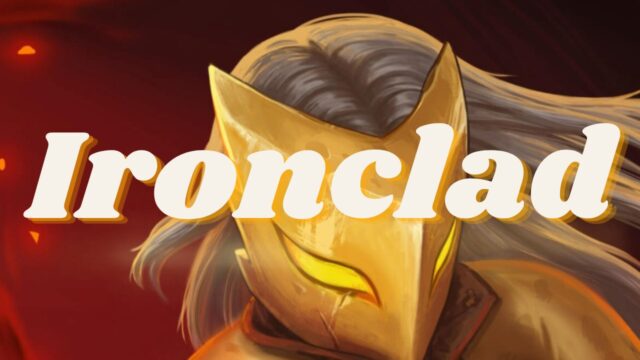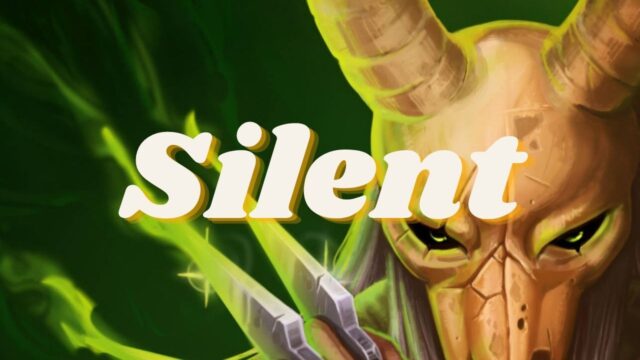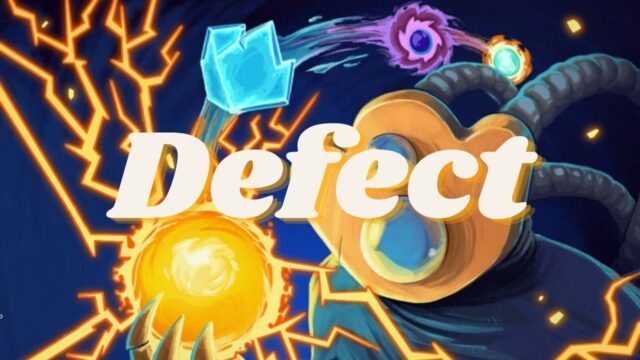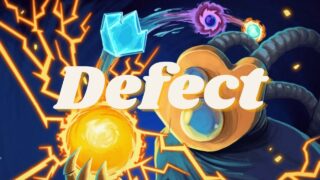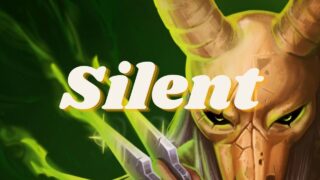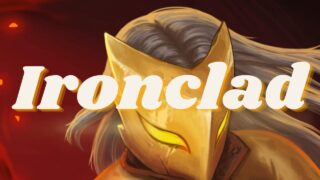Translated from Japanese using AI assistance and human editing.
For more detailed and up-to-date content, please visit the original Japanese version of this blog here.
Slay the Spire may feel a bit overwhelming if you’re not familiar with card games or roguelike games.
The rules, strategies, and various systems in the game can sometimes be a lot to take in.
If you’re struggling to understand what to do next, you’re not alone.
This guide is designed for those who are new to the game or unfamiliar with card games, providing clear and simple explanations of how to approach the game.
If you’re stuck or unsure where you’re going wrong, this guide will help you understand the mechanics and give you a clearer sense of direction.
Start with the basic strategies, and you’ll gradually improve and start enjoying the game more.
By the time you’re done with this guide, you’ll be able to get the most out of Slay the Spire.
So, let’s dive in and start your adventure!
What Is the Goal of This Game?
The goal of Slay the Spire is to reach the top floor and defeat the final boss.
However, you can’t just fight through floor after floor without thinking.
To improve your chances of success, you’ll need to:
- Plan your path through the map, choosing your route based on campfires, shops, events, and elites
- Build a strong, focused deck by removing weak cards and avoiding unnecessary additions
- Make smart choices at shops and events, balancing risk and reward
- Select relics that fit your strategy, especially ones with unique effects that may or may not suit your deck
- Use potions strategically, especially in Act 3 where enemies are much stronger
- Take on elites wisely, especially in Act 1 where they offer great rewards
- Open treasure chests, but be aware of relics with drawbacks
- Understand the differences between Acts 1, 2, and 3, and adapt your play accordingly
Each of these topics is explained in detail below.
About Acts
The game is divided into three Acts. Each Act increases in difficulty.
- Act 1
Enemies are relatively weak. You can fight elites early without too much risk.
Use this time to remove cards, build synergy, and collect helpful relics. - Act 2
The difficulty spikes. If your deck isn’t well-formed by now, even regular fights can be dangerous.
Elites are significantly stronger and require good preparation. - Act 3
A real challenge. Many enemies deal massive damage from the start.
Since healing is limited in Slay the Spire, it’s best to aim for one of two extremes:
either defeat your enemies before they can hit you, or build a deck with strong, consistent defense.
Map Planning
Before entering a floor, you can see the full layout of the current Act.
Use this to plan a route that matches your situation. Ask yourself:
- Do I need healing from campfires?
- Can I take on an elite for a powerful relic?
- Should I visit a shop to remove a card?
Planning your route carefully can make a huge difference.
Don’t just move forward without looking ahead.
About Gold
Gold is mainly used in shops.
You can:
- Buy cards
- Remove cards (very important)
- Buy relics or potions
Early in the game, the best use of gold is often removing weak cards like Strike or Defend.
A smaller deck means better consistency and stronger hands.
About Potions
Potions are especially valuable in Act 3, where even normal enemies can be deadly.
You’ll often face enemies that deal big damage right from turn 1.
Using potions wisely here can mean the difference between victory and defeat.
Don’t waste useful potions early—save powerful ones for later if you can.
But also, don’t hoard them forever—if a potion can save a run, use it.
Treasure Chests
Treasure chests usually contain relics, which are essential for strengthening your deck.
There’s usually no reason to avoid them.
However, some relics come with unusual mechanics—they don’t simply boost your stats, but instead modify how you play the game.
For example:
- Some prevent you from discarding cards
- Others reduce your hand size or energy
- Some have benefits that only trigger under specific conditions
Depending on your deck and strategy, these relics can help or hurt.
Think carefully about how each relic will interact with your build before accepting it.
About Elites
Fighting elites gives you a relic, making them very important.
In Act 1, try to fight at least one elite. It’s usually worth the risk.
In later Acts, only fight elites when your deck is ready.
Sometimes it’s smarter to avoid them and play it safe.
Build a Deck with a Clear Theme
A deck that tries to do everything will usually fail.
Instead, build around a clear direction, such as:
- Strength scaling
- Poison damage
- Block generation
- Orb loops (Defect)
- Stance switching (Watcher)
Choose cards and relics that support your theme, and don’t be afraid to skip cards that don’t fit.
Remove Unnecessary Cards
In the early game, removing cards is one of the best things you can do.
Cards like Strike and Defend dilute your deck and reduce the chances of drawing key cards.
A smaller, focused deck is more consistent and powerful.
Choose Cards Carefully
Don’t just take a card every time it’s offered.
Sometimes skipping a card is the best choice—adding too many cards makes your deck inconsistent.
Focus on cards that directly support your strategy.
Summary
To review:
- Check the map and plan your route
- Remove weak cards as early as possible
- Build around one clear strategy
- Fight at least one elite in Act 1
- Open treasure chests, but evaluate unusual relics carefully
- Save strong potions for Act 3
- Don’t add cards that don’t fit your deck
Good luck, and may your climb be victorious!
Ironclad Beginner’s Guide: Strategies & Deck Archetypes
Silent Beginner’s Guide: Strategies & Deck Archetypes

